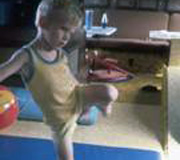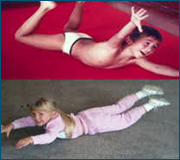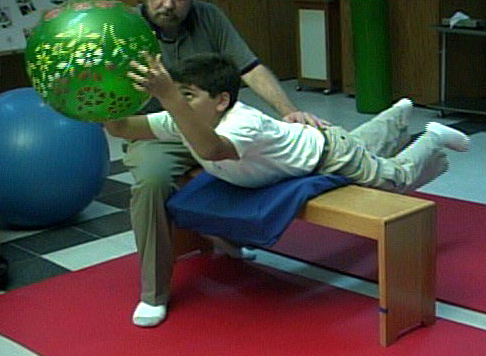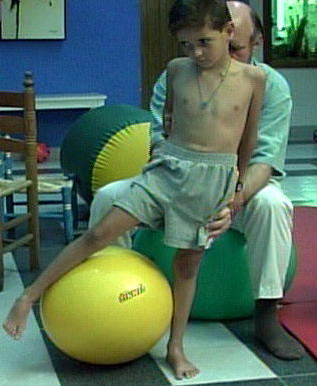A Neuropostural Approach to Learning Disabilities: A Prerequisite to Sensory Integration
 |
 |
 |
Presented By: W. Michael Magrun, M.S., OTR
Cost: $45.00 per student
Course Description
Functional performance depends on a normal relationship of the center of mass over the base of support. Before functional performance can be initiated from sensory input, whether vestibular or mobile equipment or sensory techniques, it is critical to establish the relationship of the child's postural alignment and ability to organize his alignment over his base of support in relationship to gravity.
Movement happens as an initiation from the base of support and the efficiency of that movement depends on the postural organization of the child. Sensory stimulation will initiate movement and postural reactions, however, if those reactions are not initiated from an organized postural base, the movements will be inefficient and compensatory.
The texts and videos included in this course demonstrate the importance of establishing a neuro-postural base, and how to assess and facilitate postural and movement efficiency that enhances the child's functional performance.
Learning Outcomes
1. Describe the basic characteristics of alignment and its importance.
2. Identify the basic postural characteristics in children with movement & posture disorganization.
3. Describe the importance of weight distribution on alignment and movement organization.
4. Explain the importance of establishing a neuro-postural base prior to sensory integration activities.
5. Describe the importance of developmental experiences to functional skills.
6. Describe the implications of poor quality developmental experiences.
7. Describe the importance of midline development.
8. Describe the importance of the development of the hands and feet.
9. Describe the importance of the Visual-Vestibular-Cervical Triad
10. Describe the observational analysis of each subtest.
11. Describe the basic concepts of treatment.
12. Describe the use of preparation techniques to enhance alignment and postural readiness.
13. Describe the importance of establishing good rotational movement components.

